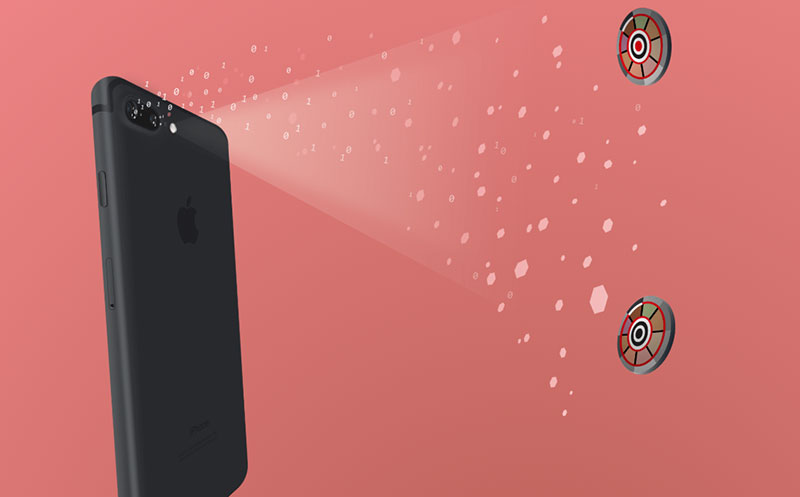Healthy.io the creator of smartphone-based urinalysis system, announced the launch of its second product line, a digital wound management solution. The solution is an extension of Healthy.io’s clinical grade color recognition products in use by tens of thousands of people worldwide, and helps healthcare professionals objectively assess chronic wounds and track their progress over time through a repeatable process. The solution was successfully registered with the U.S. Food and Drug Administration (FDA) in December 2019.
Read more Wearable Biosensors Help Wound Healing Process by Mimicking Skin
In the U.S., an estimated 6.5 million people are affected by chronic wounds, which costs the nation $25 billion annually. The aging population and an increase in chronic disease, such as obesity and diabetes, will further compound the chronic wound problem.
To measure and document chronic wounds, nurses currently use primitive methods using paper rulers. This method is often inconsistent, making it difficult to share and track results over time. This can lead to incorrect treatment, prolonged healing times, and growing distress for patients, says a press release.

“Nurses, already overextended, are on the front line of wound care and are the real heroes but the tools they are using today haven’t changed in decades. We believe this is the heart of the problem and why we have created a solution that will help them accurately track wound progress over time,” said Yonatan Adiri, founder and CEO of Healthy.io. “Our expertise, robust partnerships, and track record in clinical grade image and color recognition position us to make a significant impact on this market.”
Healthy.io’s technology uses a smartphone app and two calibration stickers placed around a wound to track dimensions, enabling nurses to scan the wound and get a measurement quickly and effectively. This technology builds a 3D image, enabling more comprehensive documentation. The app measures wounds and captures standardized visual records over time, eliminating human error and discrepancies that are common in today’s methods due to subjective analysis and inaccurate measurement.
“The biggest impact for us is having photographs of the wound. It has given us the chance to review wounds and to think about wound care before the patient even enters the room, says Gill Cooper, clinical lead nurse at Wokingham Medical Centre in the United Kingdom, where the solution is being used.












